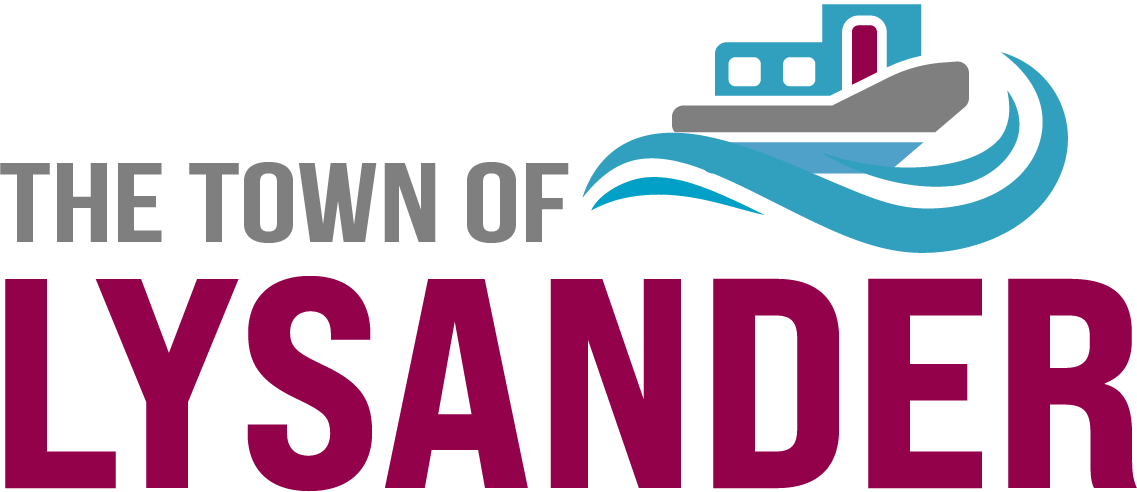Stormwater (MS4)
An MS4 program requires a municipality to implement a series of programs to reduce the discharge of pollutants from the storm sewer system to the maximum extent practicable in a manner that protects water quality.
MS4 is short for, “Municipal Separate Storm Sewer System”, where the word “Municipal” refers to a unit of local government like a borough or a township but may also refer to an organization responsible for the administration of a developed area. And the number 4 refers to the four words that start with the letter “S”; “Separate,” “Storm,” “Sewer,” “System.”
A separate storm sewer system is a collection of structures, including retention basins, ditches, roadside inlets, and underground pipes, designed to gather stormwater from built-up areas and discharge it, without treatment, into local streams and rivers. It’s called a separate system because it’s not connected to the sanitary sewer system, which drains wastewater from inside a home to a sewage treatment facility, or a private septic system.
Many rural developments have stormwater management structures, but only communities that the United States Census Bureau classifies as “Urbanized Areas,” or UAs, based on population density, are required to become part of the MS4 program. UAs contain plenty of commercial and residential development, which produces large amounts of stormwater runoff. Large institutions, like college campuses and hospital complexes, are also part of the MS4 program because they also contain the type of dense development that produces concentrated stormwater flows.
Every Stormwater Management Program includes the same six focus areas that the Environmental Protection Agency considers essential for success, called Minimum Control Measures or “MCMs”:
- Public Education and Outreach
- Construction Site Erosion Control
- Public Participation and Involvement
- Post Construction Stormwater Management
- Illicit Discharge Detection and Elimination
- Pollution Prevention and Good Housekeeping
Working together produces better results. You can do your part to help keep local water bodies clear and clean by preventing pollutants such as fertilizer, pesticide, motor oil, paint, and litter from entering the waterways that degrade water quality and damages local aquatic habitats.
